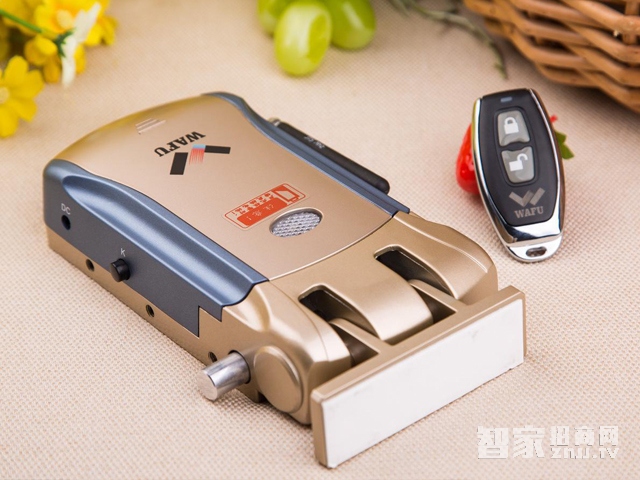
Privacy statement: Your privacy is very important to Us. Our company promises not to disclose your personal information to any external company with out your explicit permission.
![]() August 04, 2022
August 04, 2022
Entering 2017, the lock industry can be described as gold everywhere, and new things continue. Various new terms are emerging, such as smart locks, electronic locks, remote locks, sensor locks, and swipe locks. This is what the market can be, and not accepting new things quickly will be eliminated. For such new terms, Zhijia.com will give you a detailed explanation of the series. Today, we will focus on the study of inductive door locks and card locks. What are the effects of inductive door locks and swipe locks? What are the common points and differences? Let's take a look.
Inductive door locks: Inductive door locks are door lock devices that are sensed by sensors (mostly infrared sensors) and are widely used in smart card areas such as hotels, hotels, and clubs. Inductive door locks are divided into various categories such as RF door locks, sensor locks, and inductive door lock systems. Compared with ordinary mechanical locks, sensor locks have the advantages of high safety, high portability and strong anti-theft performance.
Card lock: electronic card locks commonly use infrared wireless keyboard, with the advantages of free disassembly, simple operation, convenient and efficient. There are many ways to increase the number of card locks and cards, which can be added or deleted in batches or leaflets. The infrared wireless keyboard can be used to operate up to 16,000 users.

One can achieve non-key opening. Compared with ordinary door locks, induction door locks and card locks are characterized by a variety of ways such as fingerprint password, IC card opening, and remote door opening, which can achieve a convenient way to open the door.
Second, much favored by the project. Inductive locks and swipe locks have all the features of the standard engineering type and are currently used in many projects such as hotels, real estate, and clubs.
Third, the market prospects are good. Inductive locks and swipe locks belong to the category of electronic smart locks. In today's overall consumption upgrade, smart locks have been favored by most ordinary consumers. The market outlook is very good, and it is also a hot spot in the market for joining entrepreneurship.
Now, whether it is a sensor lock or a card lock, it has become a symbol of a high quality of life. At the market side, most brands of inductive locks and card locks have focused on engineering projects, and the retail civil market has huge excavation space. This also gives smart marketers more opportunities, how to find this part of the user, successful sales, you can get a good profit.
WIFI Smart lock (http://zns.znjj.tv)-Professional smart lock agent joining website, providing the industry's most comprehensive intelligent fingerprint password lock joining agent, Smart Lock product library, Smart Door Lock price, smart lock brand , smart lock manufacturers Daquan information, welcome to browse online consulting.
The above is the What is an induction lock card lock? Analysis of common points between inductive door lock and card lock we have listed for you. You can submit the following form to obtain more industry information we provide for you.
You can visit our website or contact us, and we will provide the latest consultation and solutions
Send Inquiry
Most Popular
lastest New
Send Inquiry

Privacy statement: Your privacy is very important to Us. Our company promises not to disclose your personal information to any external company with out your explicit permission.

Fill in more information so that we can get in touch with you faster
Privacy statement: Your privacy is very important to Us. Our company promises not to disclose your personal information to any external company with out your explicit permission.